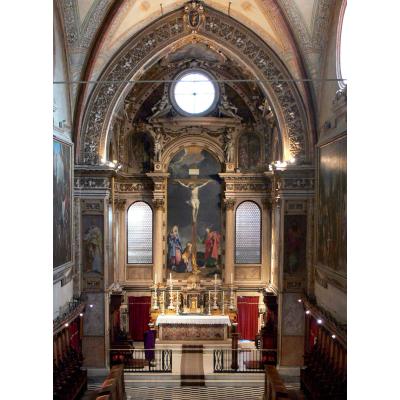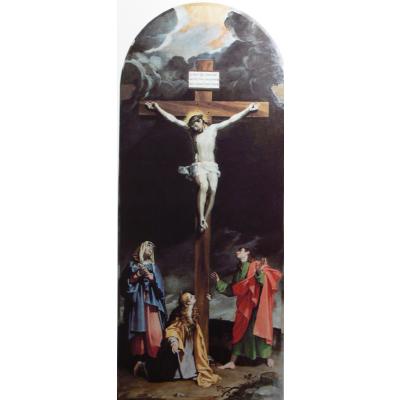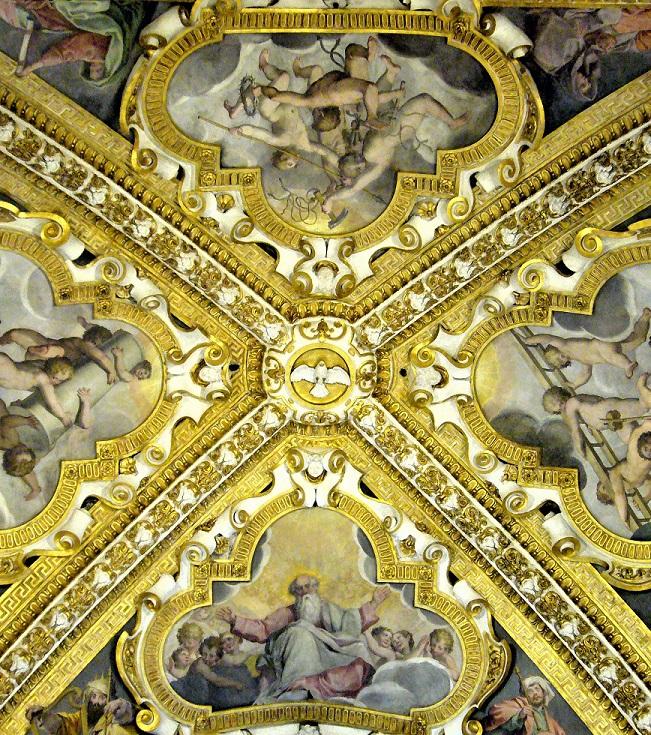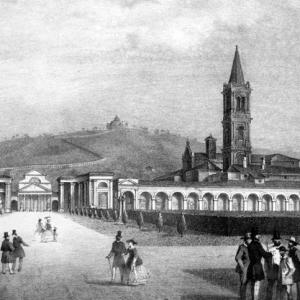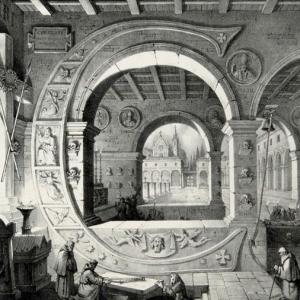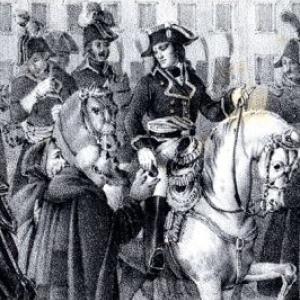Schede
Dating from the late 16th century, Bartolomeo Cesi’s three large pictures painted for the Greater Chapel (247 cm x 585 cm each) – the Agony in the Garden, the Crucifixion and the Deposition – were inspired by the Passion of Christ theme and placed in the greater chapel of the Church of St. Jerome in Certosa. The paintings were commissioned by Giovan Battista Capponi, who during his priorship (1587 - 1614) implemented a major project to extend and decorate the Carthusian monastery. All later paintings for the church were devoted to episodes of Christ’s life, and in 1644the first 'large painting' portraying the Nativity was placed precisely opposite, on the counter-facade. In all likelihood Cesi was also responsible for the overall design, which includes rich stucco ornamentation. St. Paul and St. Peter are portrayed in the entrance arch together with other saints in the intrados. The three large pictures are surrounded by frescoed Carthusian saints, while Old Testament stories are depicted in the upper part: the Sacrifice of Isaac, Joseph sold by his brothers, Samson destroying the temple of the Philistines, The bronze snake, Jewish Passover, and Jonah extracted from the whale. The groin vault is decorated with the figures of the Eternal Father and angels with the instruments of the Passion, Sibyls and Prophets. The two saints after whom the Church was named – St. Jerome and St. John – were frescoed at the side of the Crucifixion, but during the 18th century were detached to add two windows. They can now be seen in the upper part of the counter-facade. Ottorino Nonfarmale supervised the restoration of the three paintings at two different times. The central canvas depicting the Crucifixion was restored first, then the other two side canvases the Agony in the Garden and the Deposition. The restoration revealed the undeniable beauty of the works and allowed some details to re-emerge, such as the taking of Christ in the background in the Agony and the background cloudy sky in the Deposition. It gave the deserved value to these works, which until then had improperly been considered some of the master’s weakest, and they became undisputed masterpieces of late 16th century European painting. The influence these large paintings had on successive generations of painters (such as Guido Reni, Guercino, and Giacomo Cavedone) is evident from the correct dating assigned by Emanuela Fiori during the restoration.
Benedetta Campo


